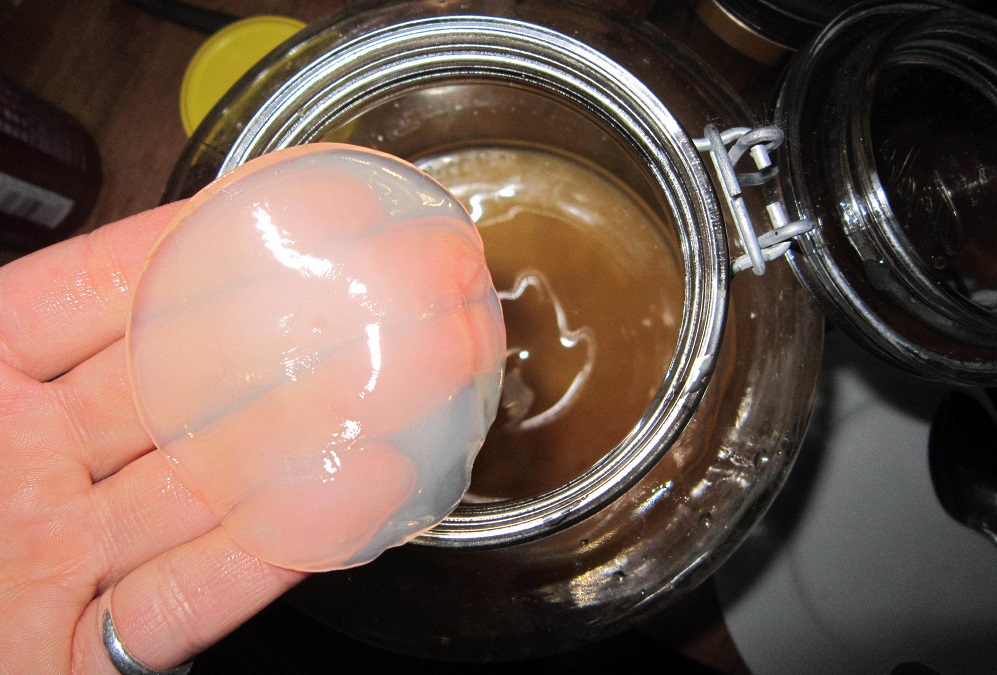Can you cut 1 Tonne of carbon pollution out of your life?
Take the challengeZero waste wound care can be tricky to find. Most adhesive bandages/plasters/band-aids (we all seem to call them something different!) are made from plastic and will never biodegrade in our natural environment.
Others are made from rubber latex. While these are derived from a natural, renewable source, they do have similar characteristics to plastic. They take a long time to break down, and for people with latex allergies, they aren't a feasible option.
When it comes to reducing waste and minimising our carbon footprints, reusable is always best, however in managing medical problems like open wounds, reusable isn't always practical. Some people choose to protect cuts and sores by wrapping them in a washable fabric like organic cotton. While this method is a low waste option, it can pose an infection risk if the fabric isn't sterilised properly.
PATCH strips are a single-use planet-friendly alternative to plastic and latex adhesive bandages. They are made from 100% certified bamboo fibre and are 100% biodegradable. From the actual strips to the gauze and adhesive, they are fully compostable. Even the cardboard packaging is recyclable and biodegradable. These adhesive bandages can be thrown in the compost after use and will break down in our natural environment within 10 weeks.

PATCH adhesive bandages are hypoallergenic and come in a range of different products including ingredients like coconut oil and aloe vera. While these are a great alternative to plastic and rubber latex bandaids, the company is based in Australia and only ships internationally toselect countries.
Another low-waste (however somewhat under-researched) option is using a dried SCOBY for wound protection. Otherwise known as Symbiotic Culture of Bacteria and Yeast, SCOBYs are most commonly used as the active ingredient in kombucha tea. Yep, some people use these masses of bacteria to protect their wounds!

The risks and benefits of using a SCOBY on open wounds haven't been studied broadly. Some people report that the pH level can inhibit the growth of harmful bacteria, however others report that there could be potential risks involved, especially if mould is present.
Another option for reducing waste from single-use plastic adhesive bandages is to only use them when needed. In many cases using antibacterial ointment or petroleum jelly instead of adhesive bandages can keep the wound moist and encourage the healing process. And when scabbing occurs, the wound forms its own natural armour, meaning wound coverings are often no longer necessary for protecting against infection.
What planet-friendly adhesive bandages do you use? Let us know in the comment section below!
Read this next: What To Do With An Old Mattress
1 Million Women Founder and CEO Natalie Isaacs has written a book! It's part memoir, part toolkit on how you can change the way you live to fight the climate crisis. You can pre-order it now from this link if you're in Australia, or this link if you're outside Australia.

